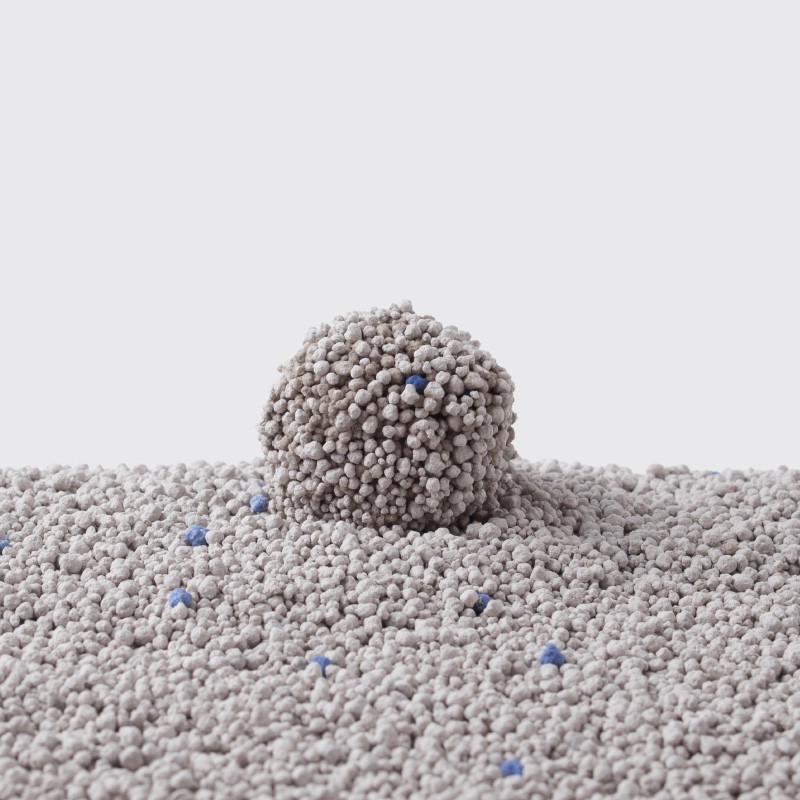
black fly ash
Exploring Black Fly Ash Properties, Uses, and Environmental Impact
Fly ash, a byproduct of coal combustion in power plants, has garnered significant attention in the construction and materials engineering fields. Among the various types of fly ash, black fly ash stands out due to its unique properties, applications, and implications for sustainable building practices. As energy demands continue to rise, the importance of understanding and utilizing fly ash grows, especially given the increasing focus on reducing environmental impact.
What is Black Fly Ash?
Black fly ash is primarily characterized by its dark color, which results from the high carbon content remaining after the combustion of coal. This type of fly ash is often produced from sub-bituminous and bituminous coals. The properties of black fly ash can vary significantly based on the source of the coal, the combustion process, and the collection methods used in power plants. Typically, black fly ash contains silica, alumina, iron oxide, and varying amounts of unburned carbon, which plays a significant role in its reactivity.
Physical and Chemical Properties
Black fly ash exhibits a pozzolanic nature, a property that allows it to react with calcium hydroxide in the presence of water to form compounds that contribute to strength and durability in cement-based materials. The specific surface area, particle size distribution, and carbon content can influence its reactivity and performance as a partial replacement for Portland cement. The presence of unburned carbon can impact both the performance and the appearance of concrete, often leading to a darker coloration compared to concrete made with lighter fly ash varieties.
Applications in Construction
black fly ash

The primary application of black fly ash is in the production of concrete
. Its inclusion can improve workability, reduce water demand, and enhance the mechanical properties of concrete, such as compressive strength and durability. Moreover, using black fly ash in concrete can lead to long-term cost savings by reducing the need for cement, which is a significant contributor to CO2 emissions during production.In addition to concrete production, black fly ash is also used in the manufacturing of structural fills, lightweight aggregate, and bricks. Its lightweight nature makes it an attractive option for applications that benefit from reduced weight. Furthermore, black fly ash can be utilized in road construction, where it contributes to improved load-bearing capacity and reduces the risk of cracking.
Environmental Impact
The environmental implications of using black fly ash are substantial. By repurposing this industrial byproduct, the construction industry can reduce waste sent to landfills while simultaneously decreasing the carbon footprint associated with cement production. The cement industry is responsible for a significant percentage of global carbon emissions, so integrating black fly ash into cement and concrete can contribute significantly to sustainability goals.
However, the presence of unburned carbon in black fly ash poses challenges, especially concerning the quality of concrete. High amounts of unburned carbon can lead to variations in concrete performance, requiring careful testing and quality control during production. Moreover, environmental concerns surrounding heavy metals found in fly ash necessitate thorough examination and regulation to ensure safety in construction applications.
Conclusion
Black fly ash represents a vital resource in our quest for sustainable construction practices. Its unique properties allow for innovative applications in concrete production and other building materials, while its use significantly mitigates waste and environmental impact associated with traditional cement manufacturing. As we advance towards a more sustainable future, embracing alternative materials like black fly ash is essential for creating resilient infrastructure that meets the needs of our growing population while protecting the environment. Continued research into the properties and applications of black fly ash will further enhance our ability to utilize this resource effectively, ultimately contributing to a more sustainable built environment.
Share
-
Premium Talcum Powder Enhanced with GPT-4 Turbo | Soft & Long-LastingNewsAug.02,2025
-
Fly Ash Solutions Enhanced by GPT-4 Turbo | Sustainable InnovationNewsAug.01,2025
-
Natural Premium Bentonite Cat Litter - Superior ClumpingNewsJul.31,2025
-
Premium Resin Coated Sand - High Heat Resistance CastingNewsJul.31,2025
-
High Quality Silicon Carbide Grit for Abrasive ApplicationsNewsJul.30,2025
-
High-Quality Ceramsite for Plants & Gardening | Lightweight PebblesNewsJul.29,2025






